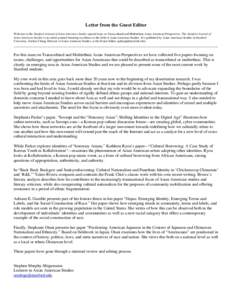 Date: 2010-05-20 03:59:15Area studies Culture Postmodernism Critical theory Humanities American studies Critical race theory Ethnic studies Asian studies Asian American studies Asian people Amerasian | |  Letter from the Guest Editor Welcome to the Stanford Journal of Asian American Studies special issue on Transcultural and Multiethnic Asian American Perspectives. The Stanford Journal of Asian American Studies is an onli Letter from the Guest Editor Welcome to the Stanford Journal of Asian American Studies special issue on Transcultural and Multiethnic Asian American Perspectives. The Stanford Journal of Asian American Studies is an onli
Add to Reading ListSource URL: aas.stanford.eduDownload Document from Source Website File Size: 16,54 KBShare Document on Facebook
|

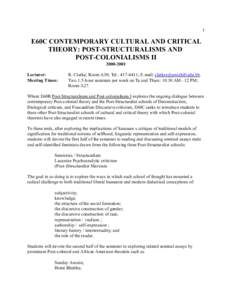
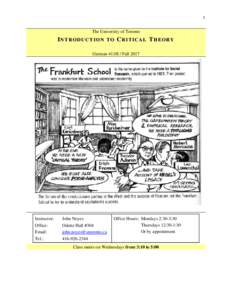
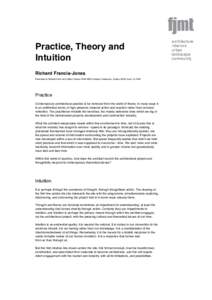
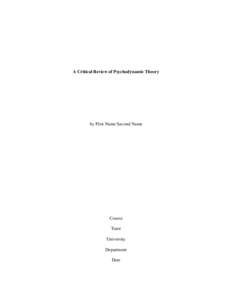
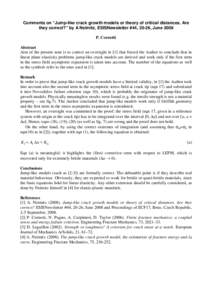
 Letter from the Guest Editor Welcome to the Stanford Journal of Asian American Studies special issue on Transcultural and Multiethnic Asian American Perspectives. The Stanford Journal of Asian American Studies is an onli
Letter from the Guest Editor Welcome to the Stanford Journal of Asian American Studies special issue on Transcultural and Multiethnic Asian American Perspectives. The Stanford Journal of Asian American Studies is an onli